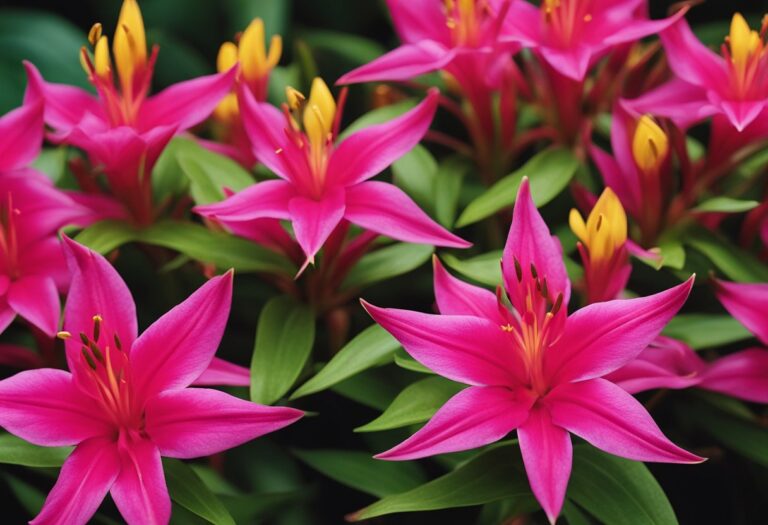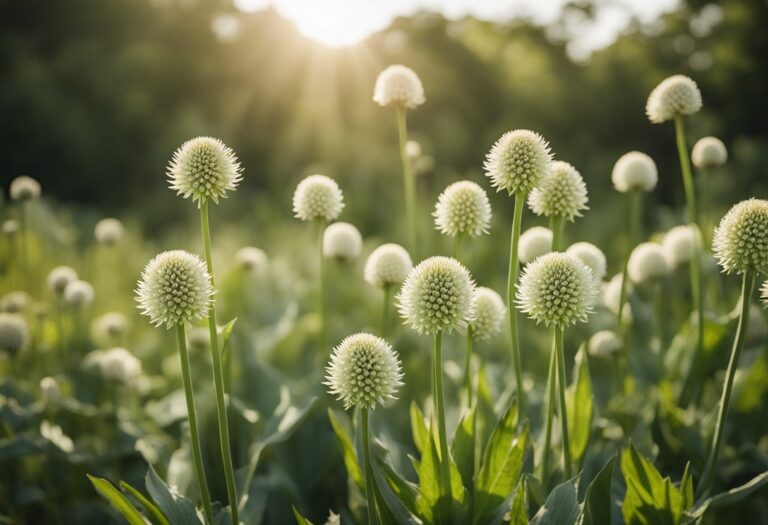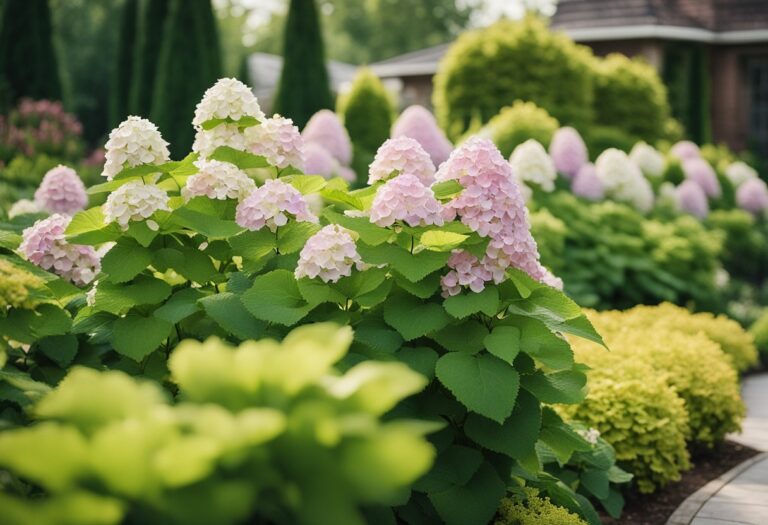Overview of Spigelia Marilandica ‘Ragin Cajun’
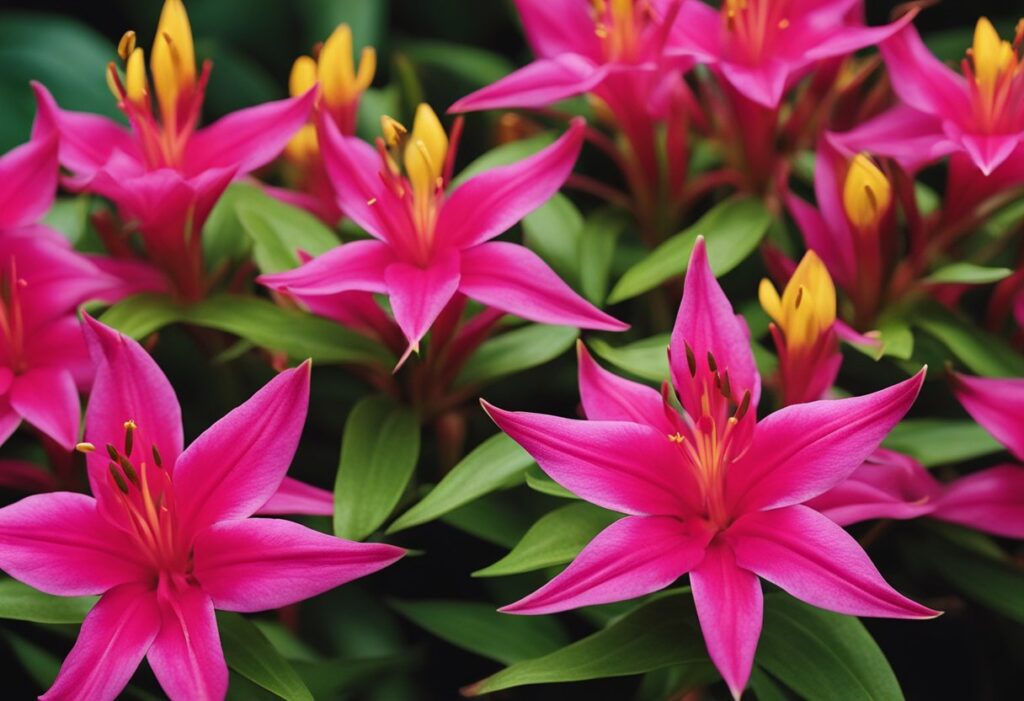
Spigelia Marilandica, commonly known as Indian Pink or Pinkroot, features the noteworthy ‘Ragin Cajun’ cultivar that brings a vibrant display to your garden. Your understanding of this plant’s characteristics is essential for successful cultivation.
Growth and Hardiness:
- Height: Typically reaches 1-2 feet tall
- Spread: Expands 0.5-1 foot
- USDA Hardiness Zones: Ideal for zones 5-8
Appearance:
‘Ragin Cajun’ is distinguished by its striking flowers and foliage:
- Flowers: Showcases tubular blooms with a distinctive red and yellow coloration, which are especially attractive to hummingbirds and beneficial pollinators.
- Foliage: Boasts lush green leaves that create a dense, bushy appearance.
Cultivation Tips:
- Sunlight: Prefers partial shade but tolerates a range of light conditions, from full shade to a few hours of sunlight each day.
- Soil: Thrives in rich, moist, well-drained soil; incorporate compost or well-rotted manure to enhance growth.
- Watering: Requires consistent moisture, especially in dry periods.
This perennial is a low-maintenance choice for your garden, offering a long bloom season from late spring through summer. It’s also a reliable performer, returning year after year to add a touch of classic elegance to your shade garden or woodland setting.
Cultivation and Care
Spigelia Marilandica ‘Ragin Cajun’ Indian Pink is a vibrant and hardy perennial that brings lively color to woodland gardens. To ensure its thriving growth, adhere to its specific cultivation needs and maintain proper care routines.
Planting Requirements
- Light: Thrives in partial shade; avoid full sun to prevent scorching.
- Soil: Prefers rich, moist, well-drained soil.
- Spacing: Plant 12 to 18 inches apart to allow for mature spread.
- Planting Depth: Set at the same depth as in the nursery pot.
Watering and Nutrients
- Watering: Keep consistently moist, especially in dry periods.
- Fertilization: Enrich soil with compost annually or use a balanced slow-release fertilizer in the spring.
Pruning and Maintenance
- Pruning: Deadhead spent blooms to encourage more flowers.
- Seasonal Care: Mulch in fall to protect roots during winter.
- Division: Divide clumps every 3 to 4 years to maintain health and prevent overcrowding.
Landscape Uses
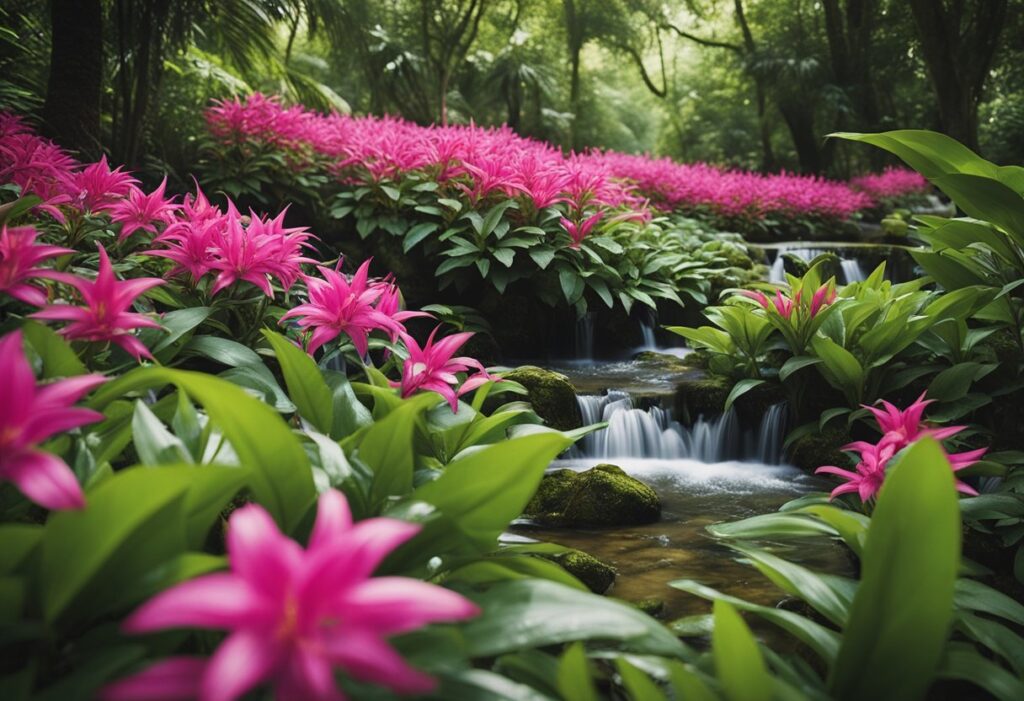
Spigelia Marilandica ‘Ragin Cajun’, commonly known as Indian Pink, is an exceptional choice for adding vibrant color and attracting wildlife to your garden.
Companion Planting
When incorporating ‘Ragin Cajun’ into your garden, consider companion plants that thrive in similar conditions. Here are some compatible plants that will complement your Indian Pink:
- Ferns: Such as Osmunda cinnamomea (Cinnamon Fern) and Athyrium filix-femina (Lady Fern) for textural contrast.
- Shade-loving perennials: Including Heuchera (Coral Bells) and Hosta varieties for varied foliage interest.
- Woodland plants: Like Trillium and Asarum canadense (Canadian Wild Ginger) for a naturalistic woodland aesthetic.
Design and Aesthetics
‘Ragin Cajun’ offers distinct design possibilities for your garden:
- Borders: Use it as a bright border plant along shady paths or garden edges.
- Naturalized settings: It blends seamlessly into woodland gardens and naturalized areas.
- Containers: It can be potted in containers for patios or small garden spaces, provided they are kept in part to full shade.
- Vertical interest: Its upright growth habit adds verticality to a layered garden design.
Propagation Methods
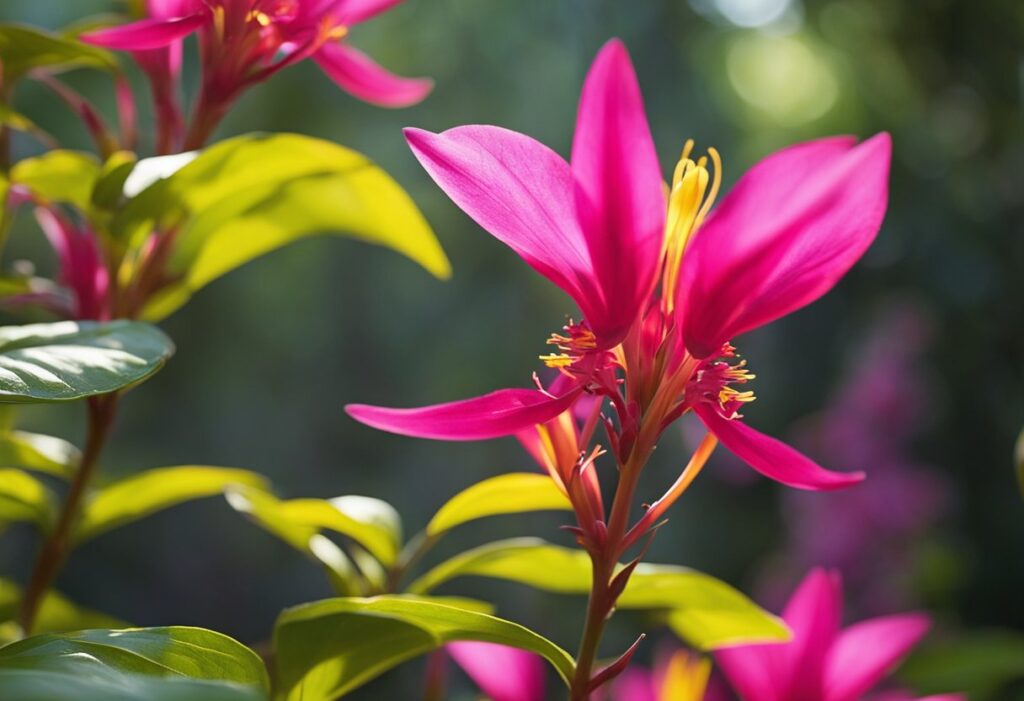
When propagating the ‘Ragin Cajun’ cultivar of Spigelia marilandica, commonly known as Indian Pink, you have two primary methods: seed sowing and division. These methods enable you to create new, thriving plants that will add vibrant color to your garden.
Seed Sowing
- Harvest Seeds: Collect seeds from mature plants after the flowering season.
- Stratify Seeds: To break dormancy and enhance germination, provide a cold stratification period. This typically involves chilling the seeds for a couple of months. Stratification Steps:
- Mix seeds with moist sand or vermiculite
- Seal in a plastic bag
- Place in the refrigerator for 60-90 days
- Planting: Sow seeds in fertile, well-drained soil, lightly covering them, as they need light to germinate. Choose a part-shade location, ensuring the soil stays moist.
Division
- Timing: The best time for division is in early spring before new growth starts or in fall after the plant goes dormant.
- Dividing the Plant: Carefully dig up the entire plant, making sure to keep a substantial amount of roots intact.
- Separation: Gently pull apart the plant into smaller sections, each with its own root system.
- Replanting: Plant the divisions immediately, maintaining the same soil depth as before.
For both methods, keeping the soil consistently moist and providing partial shade will encourage healthier growth. Make sure not to allow the soil to dry out or become waterlogged. Patience is essential, as seeds may take several weeks to germinate, and divisions might need a season or two to establish themselves fully and bloom.
Pests and Diseases
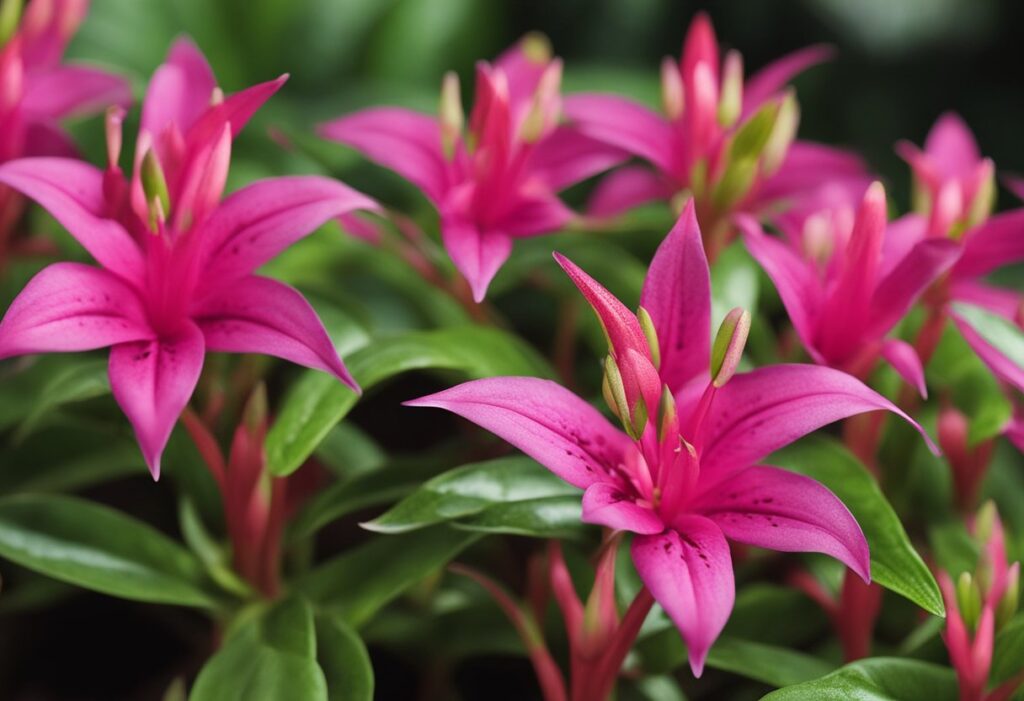
When cultivating Spigelia Marilandica ‘Ragin Cajun’ (Indian Pink), monitoring for potential pests and diseases is essential to keep your plants healthy.
Pests
- Aphids: These small sap-sucking insects can cause new growth to deform. Rinse them off with water or use insecticidal soap as a treatment.
- Spider mites: If you notice fine webs on your plant, it may be spider mites. Increase humidity around the plant, and consider using miticide if infestations persist.
Diseases
- Root rot: This can occur if your Indian Pink is overwatered or in poorly draining soil. Prevent this by ensuring proper drainage and watering only when the top inch of soil is dry.
- Powdery mildew: Characterized by a white powdery substance on the leaves. Improve air circulation around your plants and apply fungicides if necessary.
Prevention Tips:
- Maintain good air circulation between plants.
- Keep the area free of debris to avoid hiding spots for pests.
- Water appropriately, taking care not to soak the leaves.
- Monitor regularly for early signs of trouble and act promptly if you spot any issues.
Frequently Asked Questions
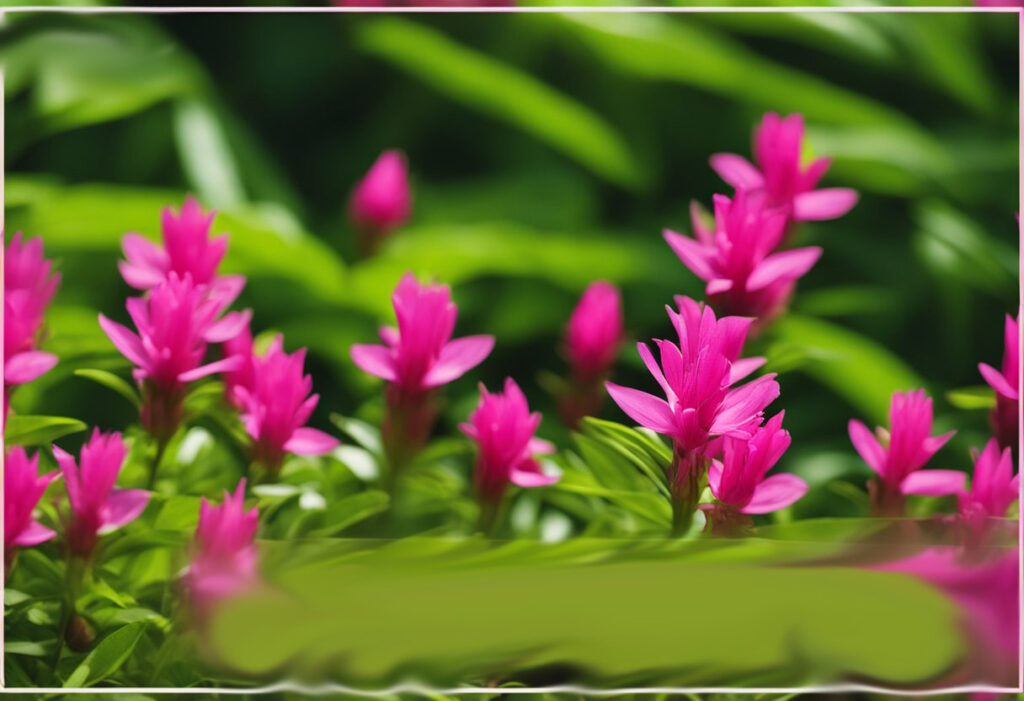
In this section, explore common queries regarding the ‘Ragin Cajun’ Indian Pink, a cultivar known for its distinctive orange-red blooms and compact growth.
How do you propagate ‘Ragin Cajun’ Indian Pink?
You can propagate ‘Ragin Cajun’ Indian Pink by dividing the clumps in early spring or fall. Additionally, you may also grow them from seed, though division is typically more reliable to maintain cultivar traits.
What care instructions are recommended for ‘Ragin Cajun’ Indian Pink?
To care for ‘Ragin Cajun’ Indian Pink, plant it in well-drained soil that is rich in organic matter. It prefers partial shade but can tolerate morning sun with afternoon shade. Keep the soil evenly moist and apply a balanced fertilizer in the spring.
What is the mature size of a ‘Ragin Cajun’ Indian Pink plant?
The ‘Ragin Cajun’ Indian Pink typically attains a mature height of about 18 to 24 inches with a similar spread. Its compact habit makes it suitable for small spaces.
Where can one purchase ‘Ragin Cajun’ Indian Pink?
You can purchase ‘Ragin Cajun’ Indian Pink from nurseries specializing in native plants or from online plant retailers. It may also be available at local plant sales or garden centers.
Is ‘Ragin Cajun’ Indian Pink considered an invasive species?
No, ‘Ragin Cajun’ Indian Pink is not considered invasive. It is a native cultivar valued for its ornamental qualities and its ability to attract pollinators like hummingbirds.
How long does ‘Ragin Cajun’ Indian Pink survive as a perennial?
As a perennial, ‘Ragin Cajun’ Indian Pink has a lifespan of several years. With proper care and suitable growing conditions, it can survive and thrive in your garden for many years. It returns each spring.







